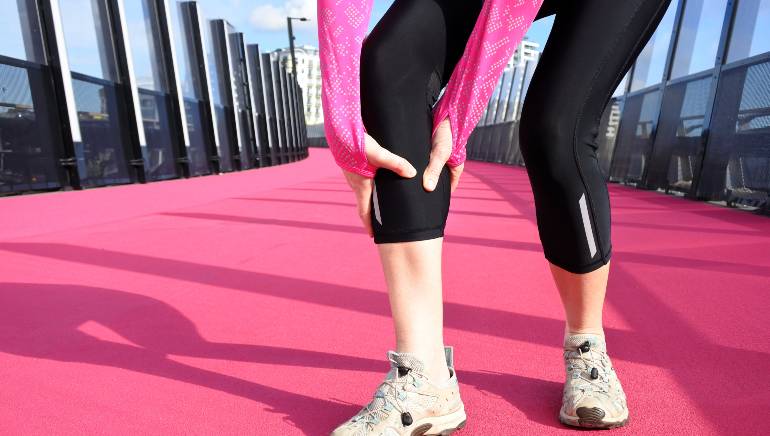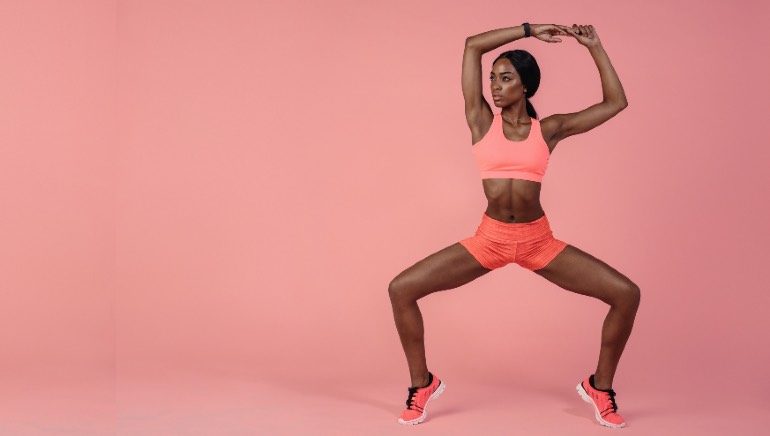
If you’ve just started working out or have been at it for a while, you must have heard your gym peers/instructors talking about rest and recovery from the strenuous physical activity that you perform at the gym.
In all probability, you’ve never really bothered to figure out what these terms really mean and have simply taken them to be a happy gym holiday/break. But, you know what? There’s more to rest and recovery than what you know and think.
We got in touch with Dr. Kruti Khemani, physiotherapist and founder, Continuum Sports Physiotherapy and Rehab Centre, Mumbai, to seek clarity on the matter. Here’s what we found out:

What rest and recovery really mean
“Rest is most easily defined as the time spent “not working out”. So it is pretty much the time we sleep and not train. For example, if you work out for 1 hour, the remaining 23 hours will be defined as your ‘rest time’,” Dr Khemani says.
On the other hand, she explains that recovery is defined as the sum total of actions and methods used to assist your body’s repairing function after working out. Broadly, recovery methods can be divided into two categories: active and passive recovery
While active recovery involves indulging in low-intensity physical activities after a high-intensity workout to allow the muscles to recover, passive recovery involves being completely inactive in case one is too tired mentally or physically to do so. It also involves taking professional help from a physiotherapist or a masseuse to speed up the recovery process.
Who needs recovery and who needs rest?
According to Dr Khemani, recovery is multifactorial and involves restoration of chemical and hormonal balance, nervous system repair, mental status, and much more. You don’t need to be an elite athlete to need recovery. Absolutely anyone, who is even slightly active (including a working professional who doesn’t exercise or a housewife who works all day standing on her feet) can adapt recovery methods to help tired/sore muscles and joints to restore their form.

As for the rest, we all define it differently. Some of us prefer to put our feet up and watch Netflix. Some of us like to go for a relaxing movie and dinner with family. Some of us like to sip on our coffee and read a book. Some meditate, some do restorative yoga. The idea, in this case, is simply to not force your body to go beyond doing the daily-life activities.
So, how do you decide what you need?
“Now, that depends on the level of activity you have done and the intensity of soreness you feel in the next 24 to 48 hours. For example, after running a half or a full marathon, it is recommended that you take complete rest from any activity/ exercise for the next 48 to 72 hours. During this rest time, your body is also “recovering actively” through adequate hydration and good-quality sleep,” explains Dr Khemani.
“Post that period, passive recovery methods such as deep tissue massages or pneumatic compression devices or active stretching can help to relieve the muscle soreness and stiffness,” she adds.

The final word…
Long story cut short, rest and recovery go hand-in-hand and happen simultaneously. However, if one is facing extra muscle soreness or stiffness, expert help might be required for a passive recovery method to ensure faster recovery of the joints/muscles.